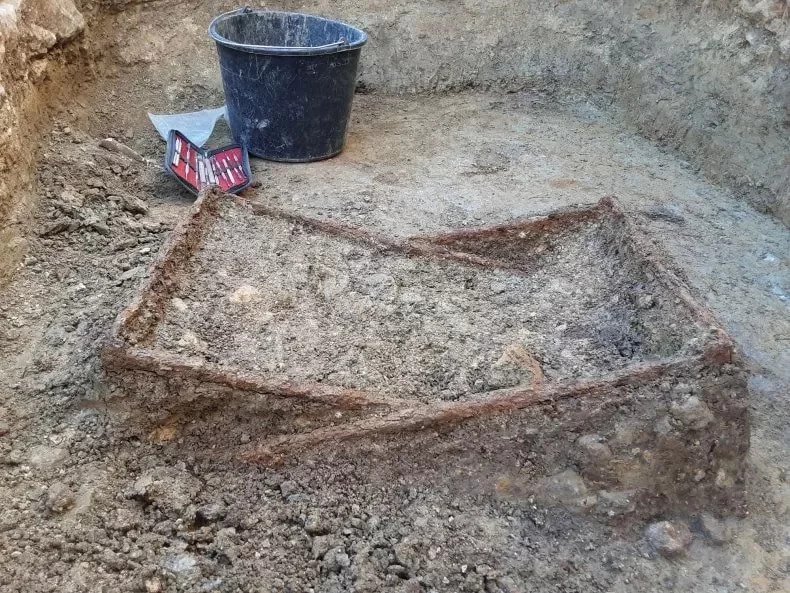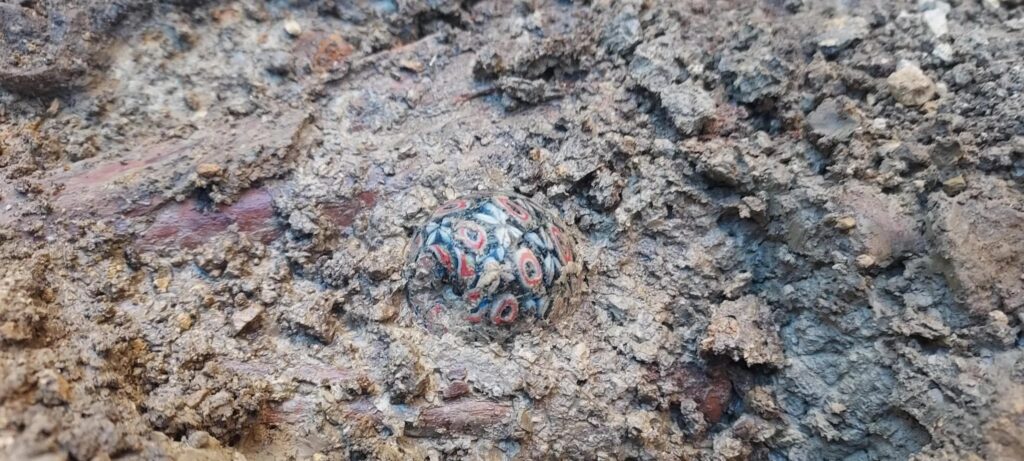1400-Year-Old Folding Chair Found in a Woman’s Grave in Germany
Archaeologists have made a very unusual find. A Medieval folding chair has been discovered in a woman’s grave. The excavation team unearthed the chair in a woman’s grave in Steinsfeld in Central Franconia in the Ansbach district.

Franconia lies in the north of the Free State of Bavaria, parts of Baden-Württemberg, and South Thuringia and Hesse in Germany.
It is only the second discovery of an iron folding chair from the early Middle Ages in Germany, said the Bavarian State Office for the Preservation of Monuments.

Across Europe, 29 sites of early medieval graves with folding chairs have been handed down, only six of which are made of iron.
According to the state office, it dates from around 600 AD, i.e., from the early Middle Ages. When folded, the chair, which was about 70 by 45 centimetres in size, had been placed at the feet of the dead.
“This find, which at first glance seems so modern, is an absolute rarity and of the greatest cultural-historical interest because it gives an insight into the burial equipment of prominent sections of the population and into the early use of furniture,” said the head of the state office, Mathias Pfeil.
People have been making iron and bronze folding chairs since ancient times.
They were considered essential official signs and symbolized power, authority, and dignity. According to the state office, they appear as grave goods in women’s graves.
Examinations of the woman’s skeleton showed she was around 40 to 50 when she died. The dead woman had a necklace of coloured glass beads around her neck.
On the belt was a fibulae hanger and a large pearl, among other things.

In addition, the experts also uncovered a man’s grave in which they found, among other things, a belt with a bronze buckle and a complete set of weapons.





